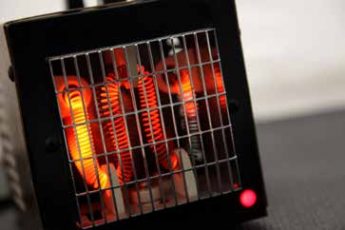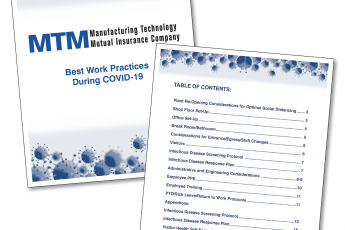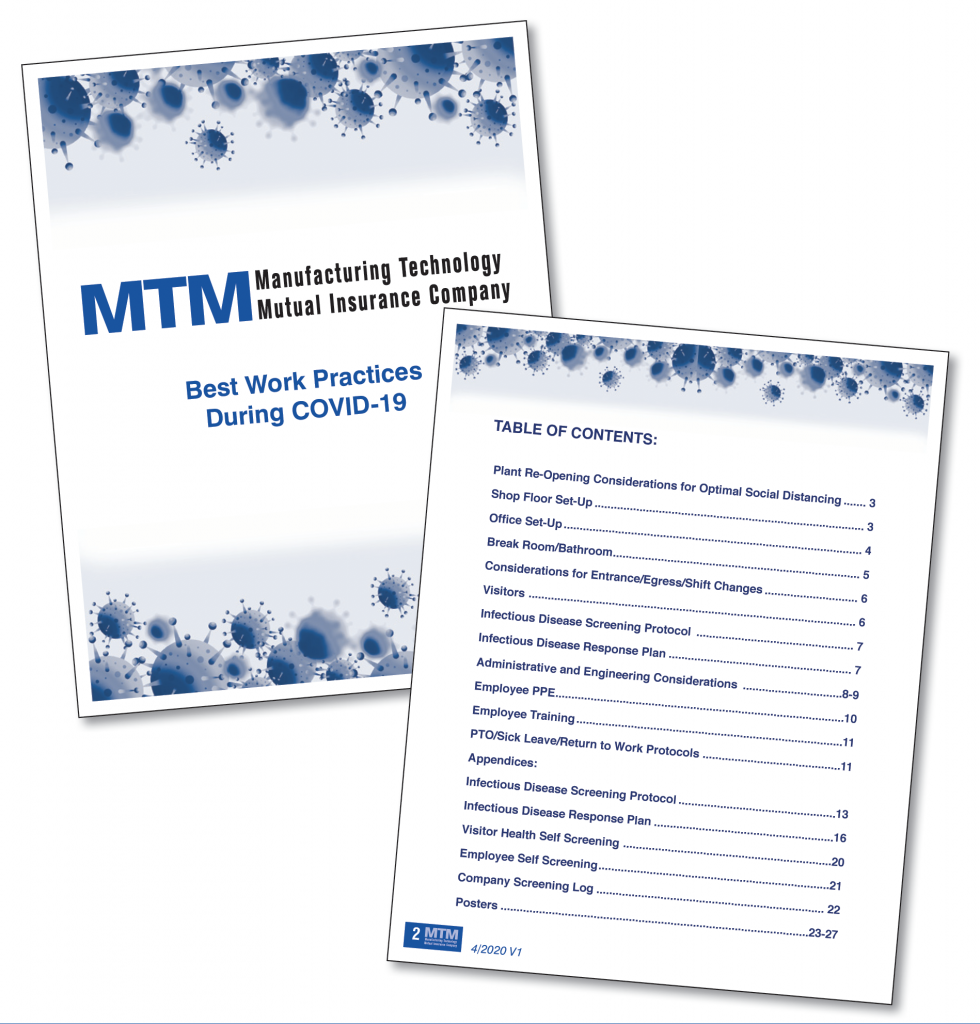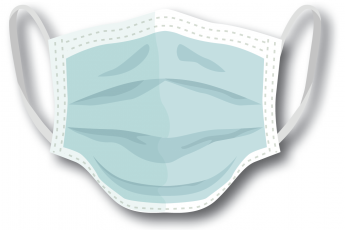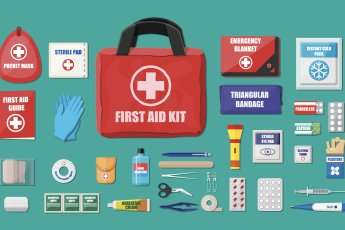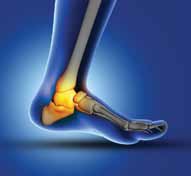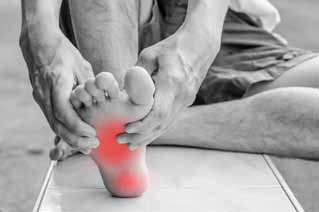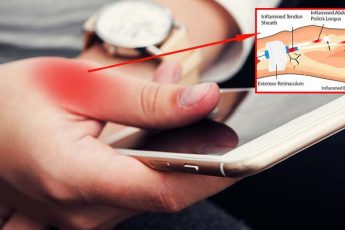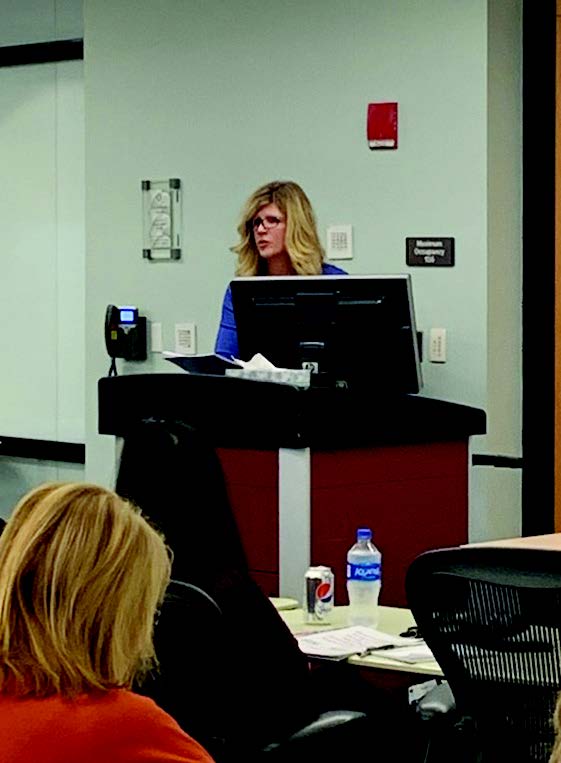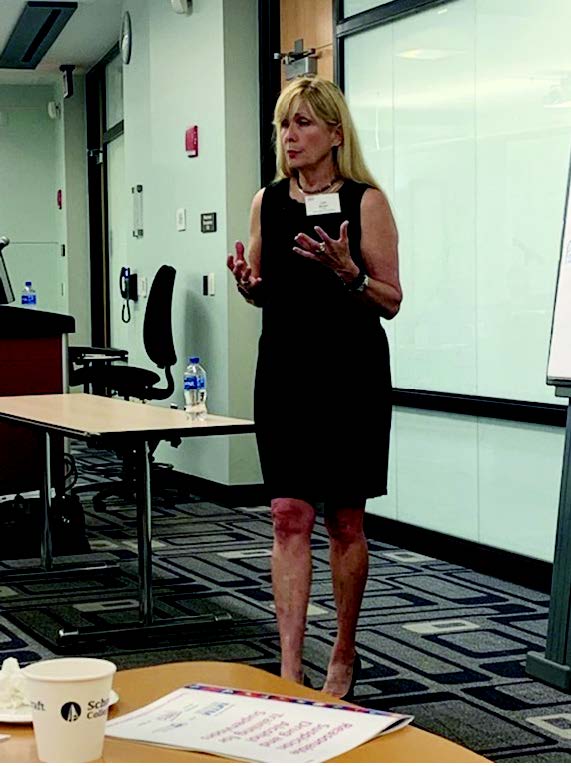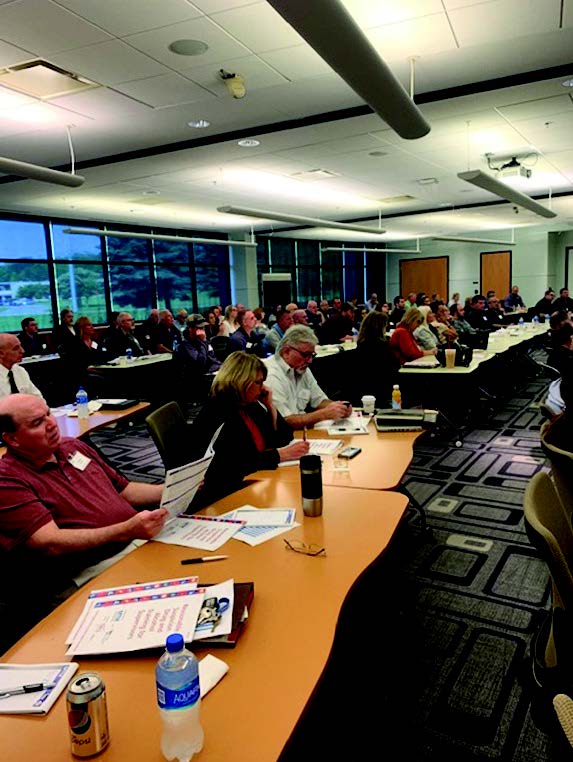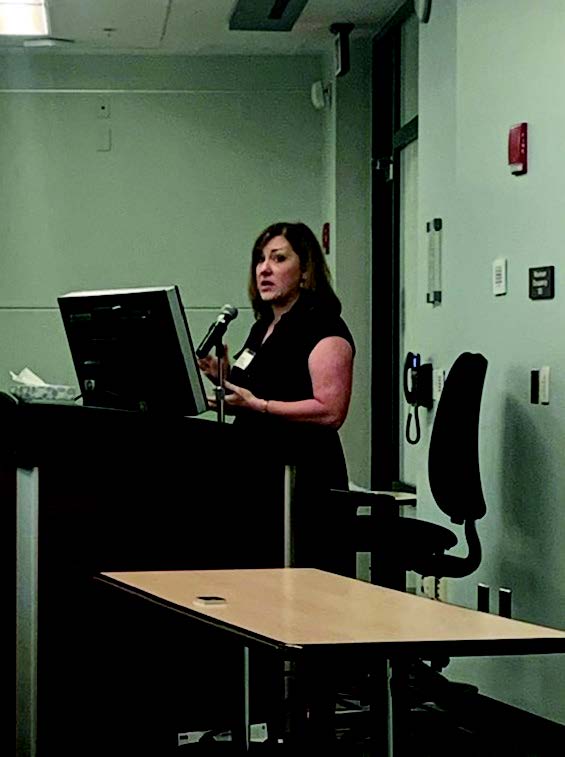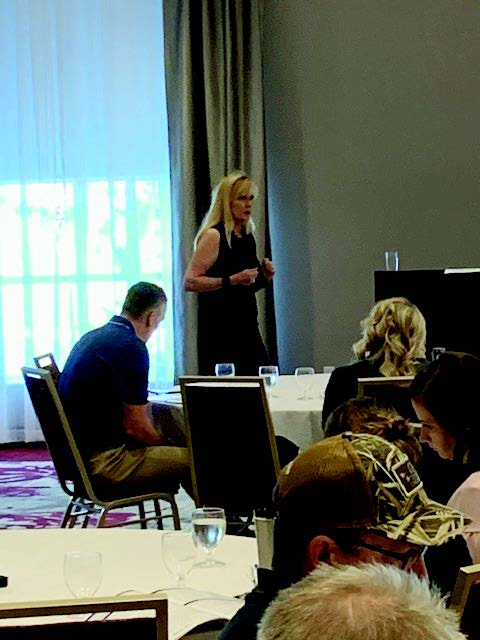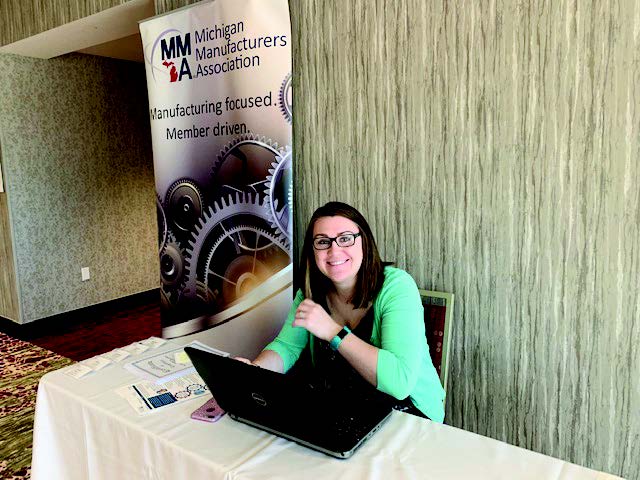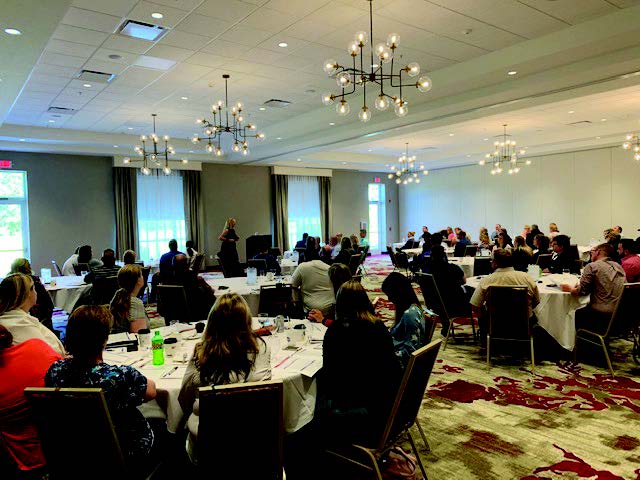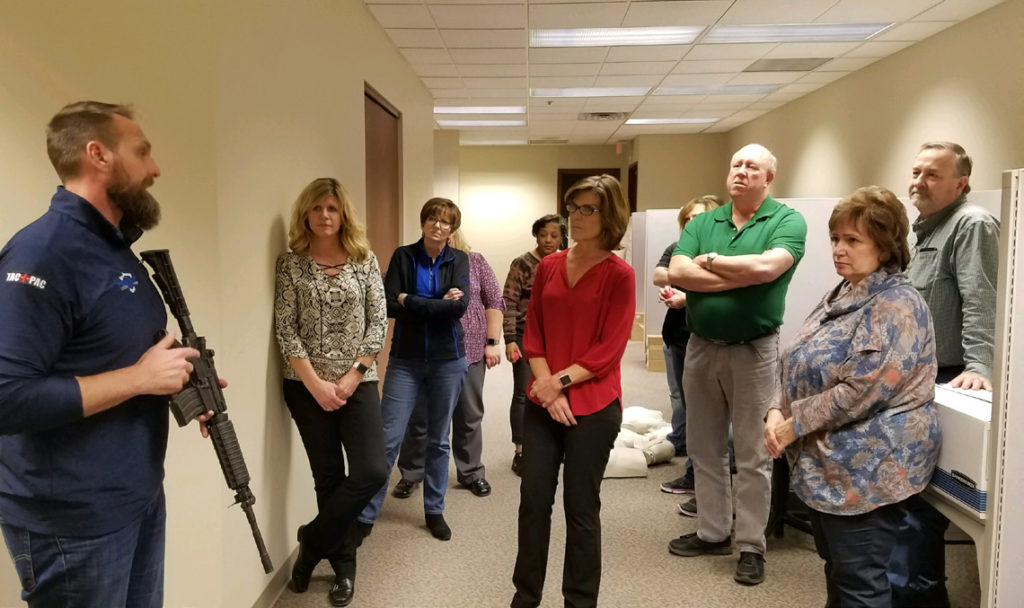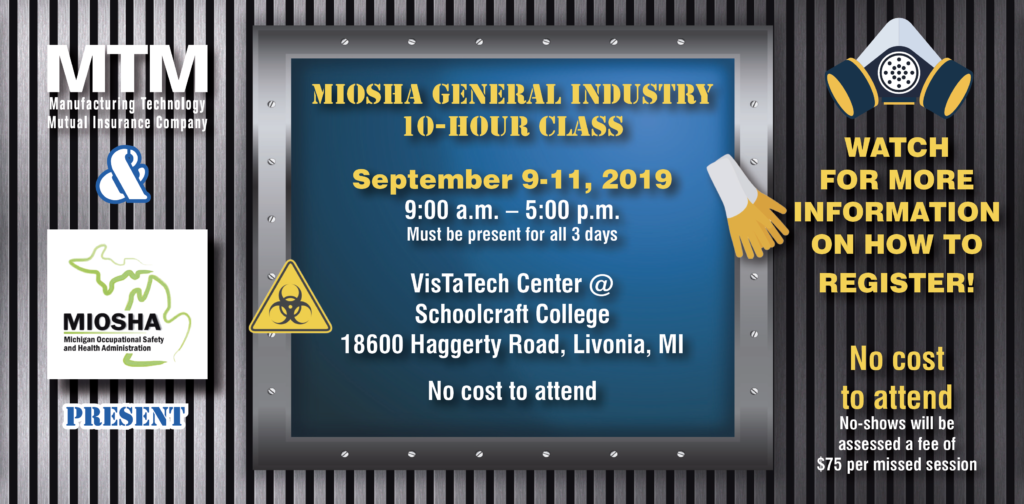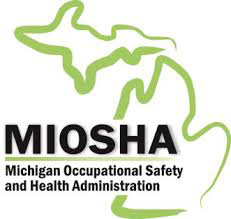By Travis Halsted, ARM, COSS
Well, as much as we tried to avoid it, our warmer temperatures are slipping away. As we all awake to cooler mornings, furnaces throughout Michigan are starting up. Regardless of the industry that you are in, so are the heating devices at yours. Whether it be by gas, electric or propane, whenever there is a heat source there is a hazard of fire. Workers’ Compensation Loss Control often focuses on how to reduce lacerations, strains, contusions and fractures to name a few. Life safety items are often touched on, but not a point of focus as catastrophic events are less frequent. Even the smallest fire could result in respiratory distress, burns, and even fatality claims. It is vital that loss control looks at all aspects, and because of this, I wanted to point out some tips on how to prevent potential fires from heating devices in your workplace.
(more…)
